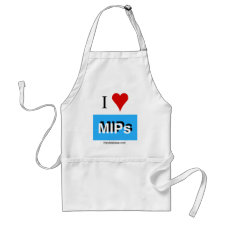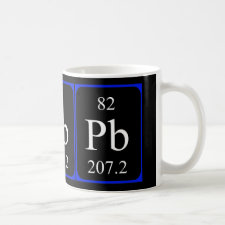
Authors: Luo XB, Yu HY, Xi Y, Fang LL, Liu LL, Luo JM
Article Title: Selective removal Pb(II) ions form wastewater using Pb(II) ion-imprinted polymers with bi-component polymer brushes.
Publication date: 2017
Journal: RSC Advances
Volume: 7
Issue: (42)
Page numbers: 25811-25820.
DOI: 10.1039/C7RA03536E
Abstract: Ion imprinted polymers (IIPs) are very difficult to apply in actual wastewater containing solid particles and floccules due to the imprinting hole blockage of losing adsorption performance. Pb(II) ion-imprinted polymers with bi-component polymer brushes (grafted-IIP) are synthesized and its anti-interference performance was studied. The maximum adsorption capacity of ungrafted Pb(II) ion-imprinted polymers (RAFT-IIP) and grafted-IIP was 53.8 mg g-1 and 38.5 mg g-1, respectively. Introduction of bi-component polymer brushes did not change significantly adsorption selective performance of grafted-IIP and adsorption rate for Pb(II) ion. Moreover, grafted-IIP possesses satisfactory anti-interference and anti-clogging ability for flocculation and solid particles. Grafted-IIP could retain more than 80.5% adsorption capacity of the maximum adsorption capacity in the process of treating Dexing copper mine wastewater, and can be repeated at least six times. In addition, XPS revealed that Pb(II) ion adsorption mainly depended on S site of imprinted cavities, and forms four coordination bonds with S-C and S=C of 3-allylrhodanine, and bi-component brushes played an indispensable role for anti-interference ability by Al-O coordination bond, hydrogen bond, or hydrophobic interactions. The ion-imprinted polymers with bi-component polymer brushes have good application prospects for the treatment of the complicated wastewater
Template and target information: lead ion, Pb(II)



Join the Society for Molecular Imprinting

New items RSS feed
Sign-up for e-mail updates:
Choose between receiving an occasional newsletter or more frequent e-mail alerts.
Click here to go to the sign-up page.
Is your name elemental or peptidic? Enter your name and find out by clicking either of the buttons below!
Other products you may like:
 MIPdatabase
MIPdatabase









